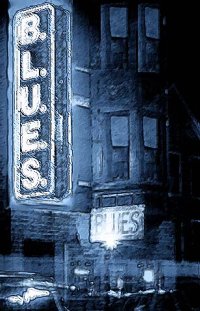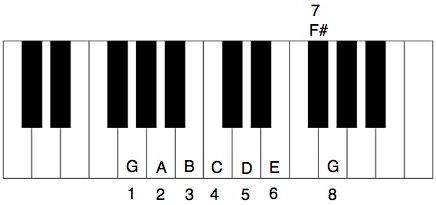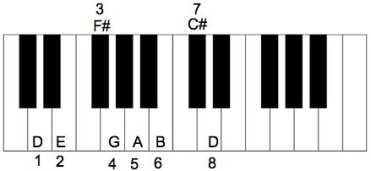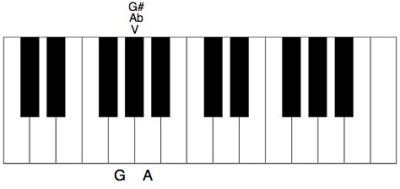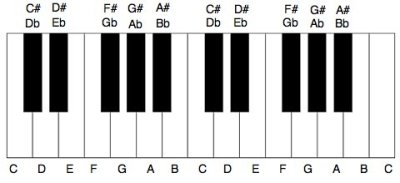Piano Chords are the bread and butter of playing the piano or keyboard. Once you know your chords you will be able to take your playing to a whole new level.
A chord is a combination of notes that are played together to make a certain sound.
To help you easily find all the piano chords use the Chord Finder.
Why Chords?
So why are these chords so important?
Chords are used by most piano players to make their life a whole lot easier. If you want to play a song but you don’t want to have to read the music you can use chords to easily play a song right away.
Chords make it easier to play by ear. If you know the chord progressions in a song then you can easily play that song without having to have any music.
Click here if you want to learn how Chords Can Be Made Easy.
Also take a look at some of the most Basic Chords. They are easy to play and necessary to learn when starting piano.Click here to download a Free 25 page Piano Chord Chart

